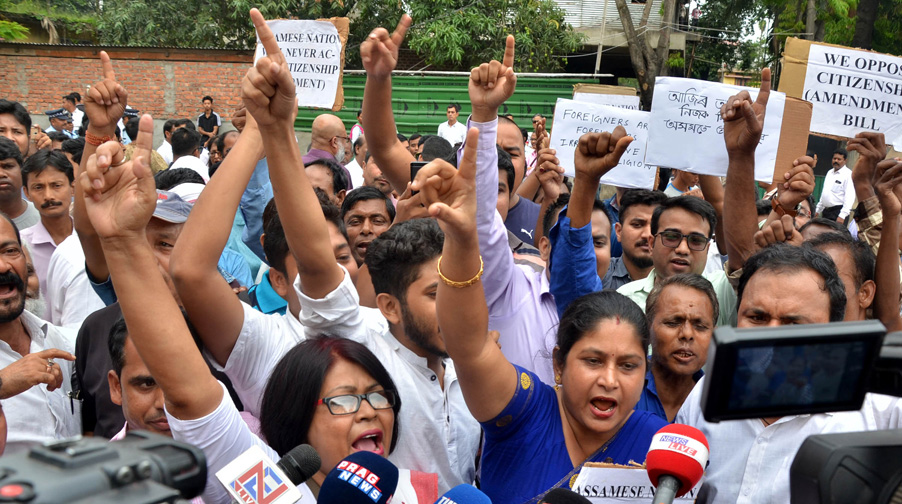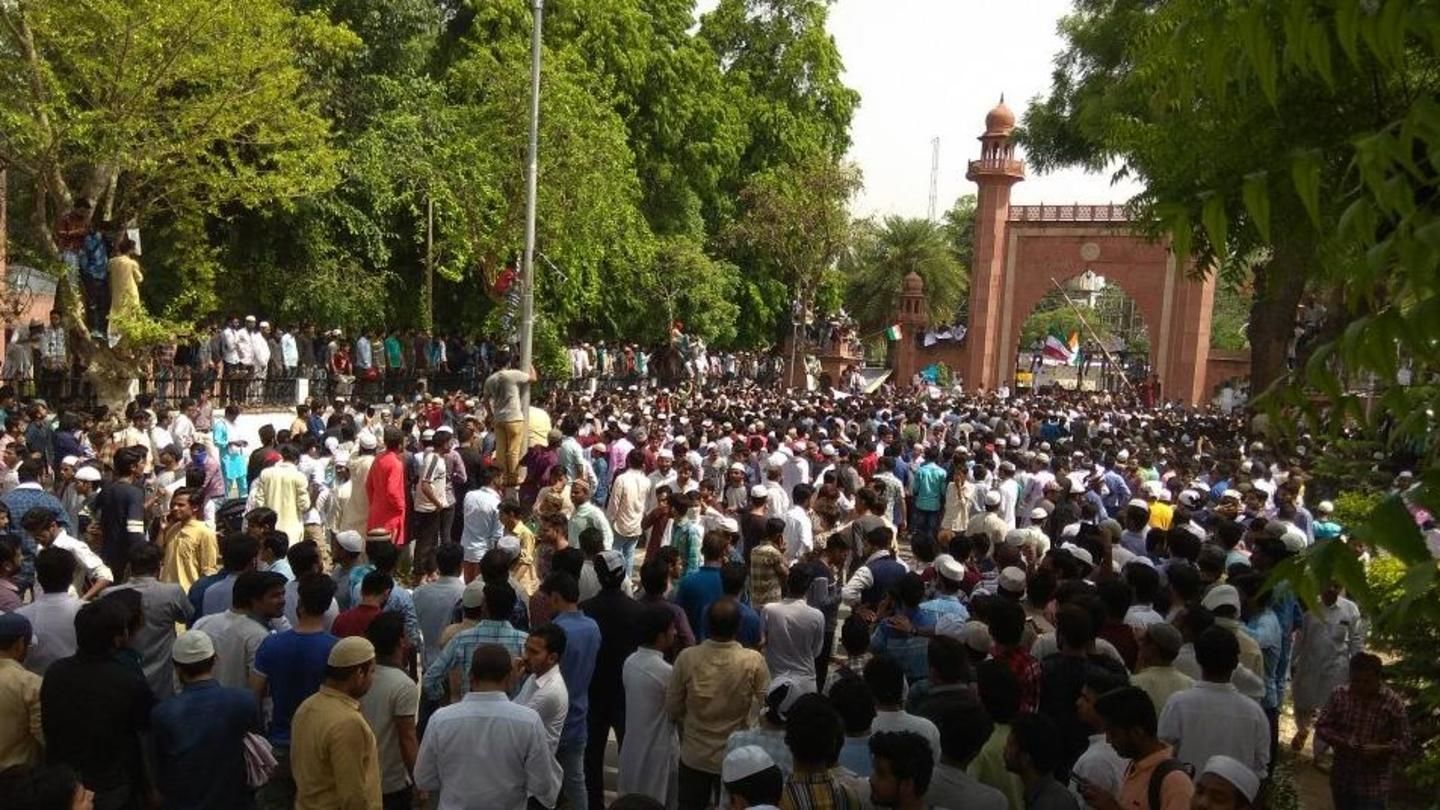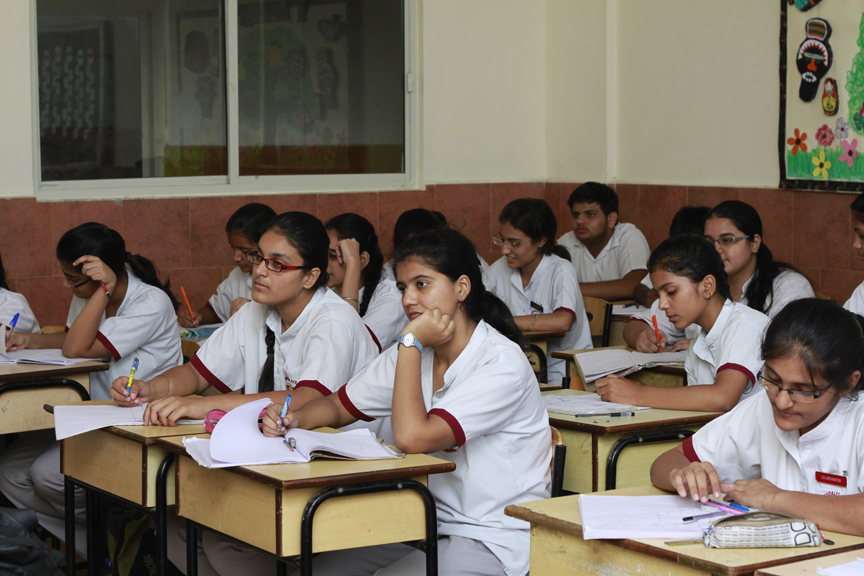An Australian perspective on the recent attacks on Indian students

Freelance journalist
INDIA SHARES a great deal with contemporary Australia. We’re both modern democratic societies, shaping our destinies after centuries of colonial oppression. Surely it’s time our mutually sympathetic and complimentary similarities were explored and highlighted. To achieve this, the differences between our societies also need to be understood.
India’s journey of self discovery is occurring largely due to the democratic amalgamation of the many ethnic parts of its magnificent whole. Australian culture is evolving somewhat differently. With the arrival of European explorers, Australia’s indigenous people became reluctant hosts to what would historically become one of the world’s most diverse migrations. That Aborigines are the casualties of this mass settlement is the tragedy Australian society continually wrestles with; the painfully understated truth in any meaningful debate about race conducted in national consciousness. So while defences run thick and fast in the wake of recent racially motivated attacks on Indian students and subcontinental born residents in Australia, answers about why Indians have become so vulnerable here, are slower to emerge.

Students protest the rash of attacks on Indians
photo: PIB
First, let’s dump some false assumptions about the so called “lucky country”. Complacency about Australia’s tremendous success as a cohesive multi-cultural new world society is both a good sign that co-existence is second nature in our community, and potentially a bad sign of institutionalised insensitivity towards newer, more swiftly changing migration issues. Still, after decades of vigorous political correctness where official language was combed for all signs of offensiveness towards minorities of any shape or size, it is unsurprising that we Australians think of ourselves as some of the planet’s fairest, most tolerant and open minded individuals. We are, if only because by law, we have to be thoughtful and cooperative with one another. Sorry is our second name. But being sorry is not always enough, as indigenous Australians will testify.
Imagine a scenario where such tolerance and fairness is so seamlessly institutionalised, the personal gestures of such desirable human interaction become virtually invisible. Here lies the fascinating and sometimes dangerous paradox of modern Australia. For young Indian born students or professionals, Australia’s easygoing national character is immensely attractive. We share cricket, English and a respect for professional achievement. Legal allowances to work 20 hours per week helps students defray living costs while gaining invaluable work place skills.
All of which helps Indians swiftly overcome cultural barriers and feel at ease here. Shared humour is something else sub-continental students refer to repeatedly; making Australians laugh is an essential survival skill. Restaurant hours explain why Indians are out and about in unsafe urban areas in the late evenings. But, increasingly, Australians of all racial backgrounds are being attacked after midnight when drunken youths take to the streets. This mass cultural problem of binge drinking and alcohol-fuelled violence is the real reason behind many of the racist assaults on Indians. The other is the lingering self-delusional use of the word “mate” in Australian society — remnant of a historical era when, in our imagination, we multicultural immigrants were all just good friends helping each other out. Truth is, these idiomatically Australian phrases of friendliness have lost their meaning.
Restaurant kitchen and serving jobs are relatively easy to secure for untrained Indian newcomers. Tasmania-based resident Varun Khetarpal came from Delhi as a hospitality student and ended up staying. “Here everyone is treated fairly. Work is much better planned.” His flatmate Ravi Singh studied business at the University of Tasmania, and worked at everything from waiting tables to packing at a food processing plant. But apparently it is not okay to stand up for yourself when faced with the ugly racist taunts that seem to characterise the spate of recent attacks against Indian students. A year ago, the tall, articulate Khetarpal was attacked by drunken locals after he’d finished his late shift as night manager of one of Hobart’s 5-star hotels. “You’re not Australian, just look in the mirror,” yelled his attackers. Khetarpal responded verbally and the fight was on. He ended up in the emergency department with a cracked jaw and several broken teeth. But when I interviewed local police about the incident, they were quick to deny his rights. “He provoked it”, said the officer in charge. “Answering back (to racist taunts) only causes trouble”. Khetarpal says that in spite of witnessing his assault, police failed to chase the perpetrators. “Surely they don’t expect 21st century Indians to creep through the city’s shadows all their lives”, he says. Meanwhile, the lord mayor declined to condemn racial violence in the town.
MORE RECENT attacks on Indian and Chinese students have elicited more of the same echoing silence as our local and federal politicians wrestle with the emerging problem of reality versus the self-congratulatory sounds of multi-cultural equal opportunity policy. Every Australian government department has access to “diversity officers”, but what has alarmed Indian residents is how slow mayors and state and federal politicians have been in publicly condemning racist attacks in our communities. By nature, bureaucracies are conservative and lag behind the urgency of cultural changes. Off the record, Victorian state police have admitted a far greater incidence of assaults against Indians than is reported, although many of these incidents cannot be directly called “racist”. Equally, many students are reluctant to report assaults when they’re applying for permanent residency status.
Australia’s success as a multi-cultural and cohesive new world society has bred complacency
Perhaps it is no wonder politicians and the authorities are confused. Australia is undergoing another massive ethnic makeover and it has caught most of us by surprise. “It’s the ‘browning’ of Australia,” says one pundit. “The only people who won’t admit Australia is racist are Australian politicians.” Others believe that the influx of intellectually and economically motivated Indian immigrants and students means a whole segment of under-skilled Australians see themselves as being by-passed, leaving them socially impotent and angry about their supposedly changed status. Binge-drinking, inarticulate, enraged men and women target anything unfamiliar in their paths. Australians call them “bogans”; they can be counted on to shout insults at Indian cricketers and to whine about the loss of jobs to literate and more reliable non-Australian born employees.
Meanwhile, although police departments pay lip service to the Australian communities’ diverse multi-cultural needs, promised appointments of police officers of Indian origin have been too slow, says Gautam Gupta, chairman of the Federation of Indian Students.
Under-skilled, alcoholic Aussies are called ‘bogans’. They hurl abuse and whine about loss of jobs
While governments and the police wrestle with how to act responsibly and fairly about these complex sensitive issues privately, Indians are steadily convincing local movers and shakers of their potentially positive cultural contribution to Tasmanian life. A committee of Indian, Singaporean and Fijian-born Hindus has recently been formed to build the island’s first Hindu temple on a plot of land gifted to them by Greg James, the son of Greek immigrants.
To me, Australians have become a great deal more defensive about what may well have been a perennial problem. Are we out of touch with our cultural racism? As if listening through a sea shell, we have begun to sound distorted, echoing neurotically self-protective defences from the ocean floor. Does our politically correct status anxiety muffle the depth of reflection Australia needs now to truly examine the issue effectively? What in turn might Indian society learn from its relationship with this strangely Australian odyssey?
WRITER’S EMAIL
janerr@bigpond.com




